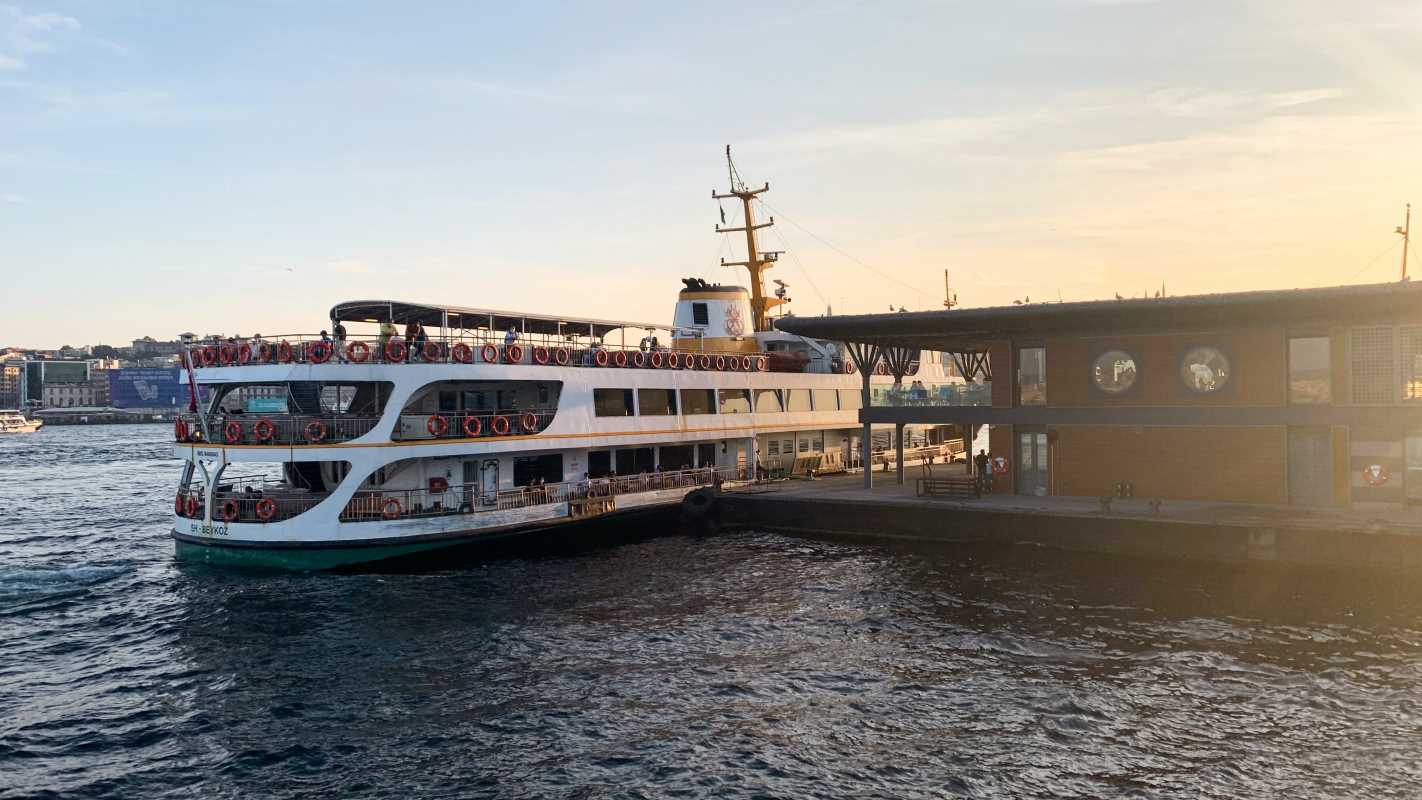Shipping high-value items such as fine art, exotic vehicles, or goods that require precise temperature control often challenges the limits of standard insurance policies. These types of cargo demand extra attention from insurers, since just one incident can erase months of collected premiums. Rather than relying on generic coverage, many underwriters choose to work closely with reinsurers who have in-depth knowledge of ocean transport and the unique risks involved in handling delicate shipments. This specialized partnership helps turn what could be a major financial setback into a routine and manageable aspect of their business, offering both protection and peace of mind for complex cargo journeys.
Deep dives into past voyages, custom loss curves and tailored clauses help both insurer and reinsurer keep surprises at bay. When these players pool their expertise, they spot emerging threats faster—such as new transit routes or shifting global trade patterns. Those insights let carriers tweak terms before exposure balloons.
Understanding Niche Marine Cargo Risks
Marine shipping rarely travels a straight path. Storms force vessels into alternate routes, while port congestion delays arrival and raises per-diem costs. Delicate goods like medical supplies or fine wine suffer swift damage from humidity shifts. Insurers must map each variable before quoting a policy.
Underwriters also evaluate packaging methods, stowage plans and the carrier’s loss history. Combining that with real-time weather data and port performance stats builds a robust risk profile. Sharing this profile with reinsurers helps primary carriers find new ways to reduce premium spikes.
Key Reinsurance Principles
Clear coverage language prevents gray areas that lead to disputes. Precise definitions for terms such as “total loss,” “constructive total loss” and transit stages form the backbone of trust between primary insurer and reinsurer.
- Proportional treaties that mirror the primary scope keep risk-sharing transparent.
- Excess-of-loss arrangements shield carriers from catastrophic pileups, like simultaneous claims from a multi-ship accident.
- Risk corridors let both parties agree on upper and lower loss thresholds, reducing negotiation friction after an event.
Each of these structures suits different portfolios. A fleet moving high-value electronics might prefer proportional covers to smooth earnings, while smaller underwriters lean toward XL deals to limit worst-case fallout.
Structuring Reinsurance Programs
To build a solid reinsurance program, follow these steps:
- Gather recent claims data and loss ratios by cargo category.
- Identify peak exposure points, such as monsoon seasons or piracy hotspots.
- Choose between quota share, surplus or excess layers based on capital appetite.
- Negotiate attachment points and limits that match underwriting goals.
- Add clauses for war, strikes and delays in start risks where applicable.
After designing the initial structure, reinsurers often suggest custom endorsements. These might cover cyberattack fallout on shipboard systems or sudden port closures due to geopolitical unrest. Primary carriers review endorsements through internal risk committees before approving.
Risk Assessment and Pricing Strategies
Accurate rates depend on blending historical loss curves with forward-looking indicators. Data from satellite tracking, port analytics and IoT sensors on containers feed predictive models that spot emerging hotspots. Underwriters then add margin buffers for uncertainty.
When handling high-value cargos, reinsurers often require onsite inspections or third-party quality audits. These checks verify packing standards and ensure clients follow loading protocols. The more control measures in place, the more competitive the pricing can get.
Regulatory and Compliance Considerations
Different jurisdictions impose various reporting and solvency requirements. European markets may demand Solvency II compliance, while Asian regulators focus on claims turnaround times. Reinsurers monitor these rules closely to avoid capital penalties.
Both parties must also agree on sanctions screening and anti-money-laundering checks. A lapse in vetting container operators or charterers can lead to severe fines. Incorporating compliance software with policy issuance systems helps automate alerts and audit trails.
Insurers create predictable cargo coverage by developing clear clauses, using accurate data, and applying regulatory expertise. Building strong partnerships and monitoring shipping trends help maintain fair premiums and comprehensive protection.
 (Image via
(Image via





